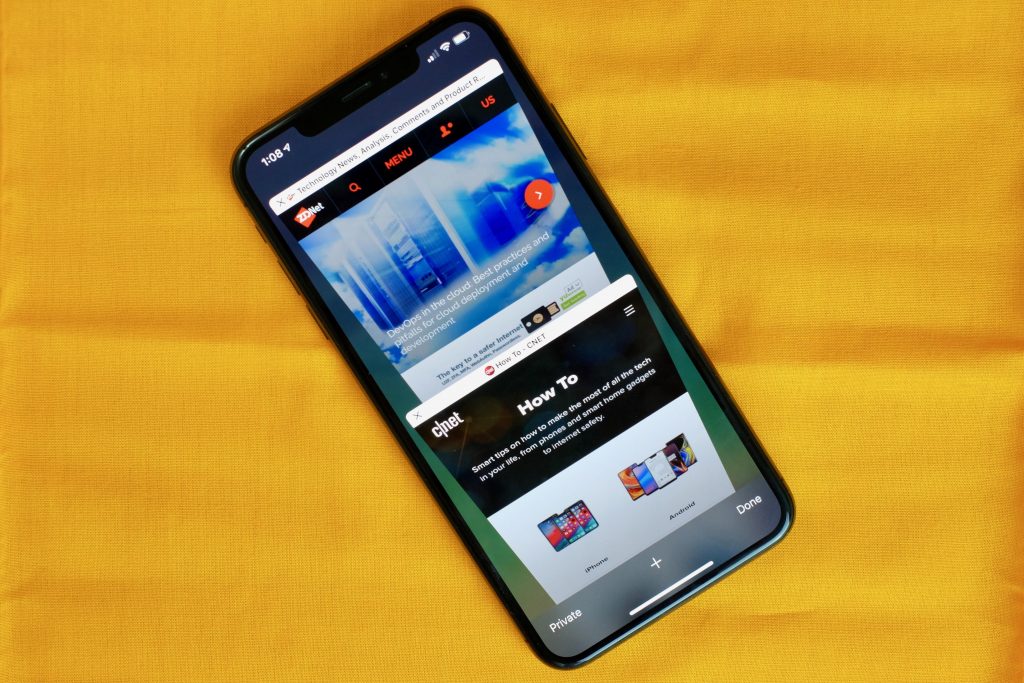If you’re running out of storage space on your iPhone, that doesn’t mean you have to rush out to buy a new one. In fact, please don’t, unless your phone is on its deathbed, because there are tons of easy-to-learn tricks that could help.
One major memory hog can be the mysterious «Other» storage section. If you’ve run out of storage before, and attempted to manually free up space, you may already be familiar with Other storage. If not, let’s run through what exactly it is before we dive into how to shrink this pesky category.
The Other section is a catch-all corner of your iPhone’s storage. Think of it as a place where things like system files and Siri voices can be stored. But the main reason it can be a memory hog is due to cache. Your cache stores elements of apps or websites, so they can load faster when you use them next. Cache collects as you browse the web, stream videos or movies and when you send text messages with pictures or video. In apps like Google Maps and Chrome, cached data can soon start to eat away at your available storage on the device.
So, is Other storage taking up too much precious space on your iPhone? To check, you’ll need to go to Settings > General > iPhone Storage. Here, after a moment’s calculation, you’ll see a colored bar graph of the categories taking up your iPhone’s storage. The other storage section is usually the gray portion on the far right of the graph. (For the purposes of this article, I’m going to assume your Other section is taking up more space than it should.)
Let’s get this out of the way early: A sure-fire way to dump out a lot of the junk contained in Other storage, though in my experience you can’t fully empty it, is resetting your iPhone. If backing up, wiping and restoring your iPhone sounds intimidating for now, here are a few other alternatives to try that should work.
Offload apps
Not to be confused with deleting an app, offloading an app means the app is removed from your device, but all data is retained, for when you decide to reinstall the app and you use it again. Take advantage of this trick, especially if you have apps like Google Maps, for instance, which use a lot of space but don’t store much data. To offload an app, go back to iPhone Storage in Settings > General and tap on the app that you want to offload, and then hit Offload App.
Here’s a tip: In the iPhone Storage section, there’s a list of apps with a number next to each name indicating the storage it uses. You can immediately get an overview of which apps are hogging memory or taking up just a little. This will help you decide which to offload.
Clear out Safari cache and close tabs
If you use Safari often, your iPhone may be storing web history and data that you simply do not need. To clear Safari’s browser cache, go to Settings > Safari and Clear History and Website Data. And if you’re a Chrome user, here’s how to clear out cache on the Google browser.
Closing out tabs also helps free up storage and keeps your device running smoothly. You can manage how frequently Safari will close open tabs by going to Settings > Safari > Close Tabs. You can keep closing tabs manually, or let Safari close out tabs that haven’t been viewed for a day, a week or a month.
Stop storing texts forever
By default, your iPhone stores all of the text messages you send and receive… forever. This is convenient if you need to look up a 15-month-old conversation, but not so convenient if you need that storage space back. To stop your phone from saving texts forever, open up Settings and tap Messages. Scroll down until you find Message History and tap Keep Messages. Change Forever to 30 Days or 1 Year. A pop-up will ask you if you want to delete older messages; tap Delete to proceed.
